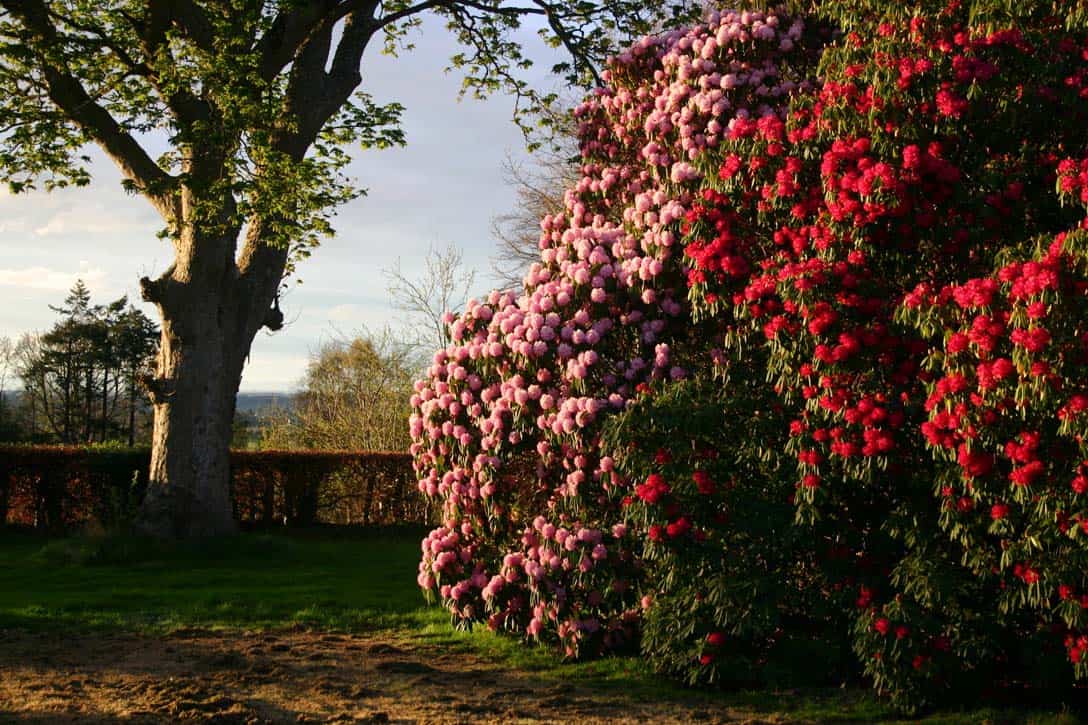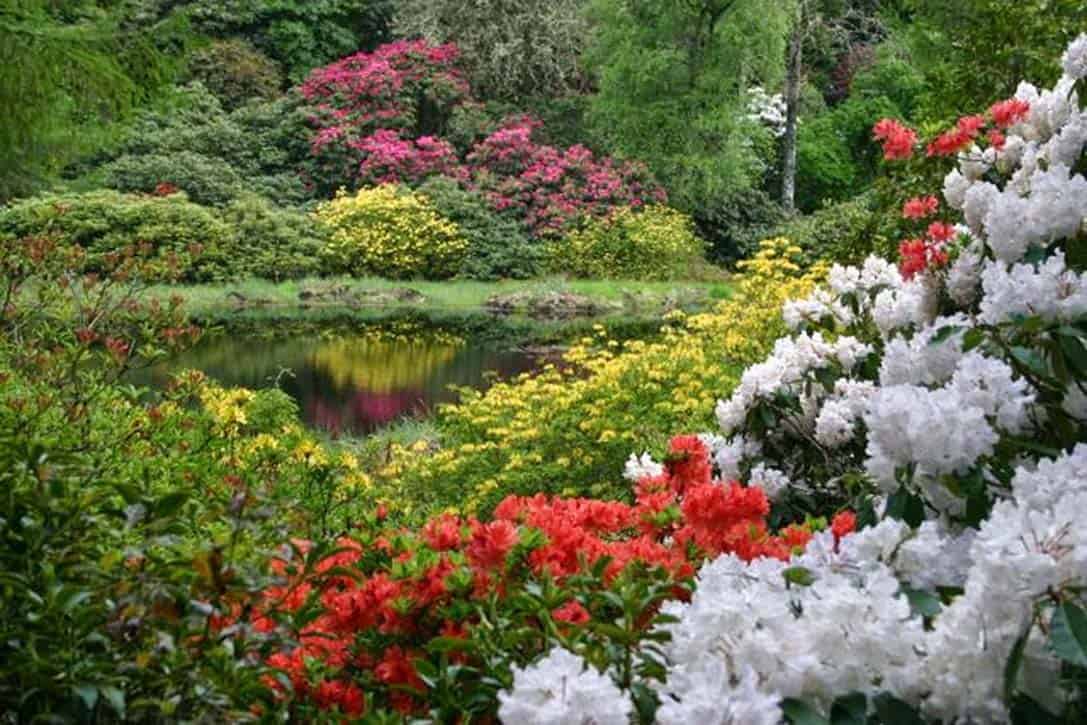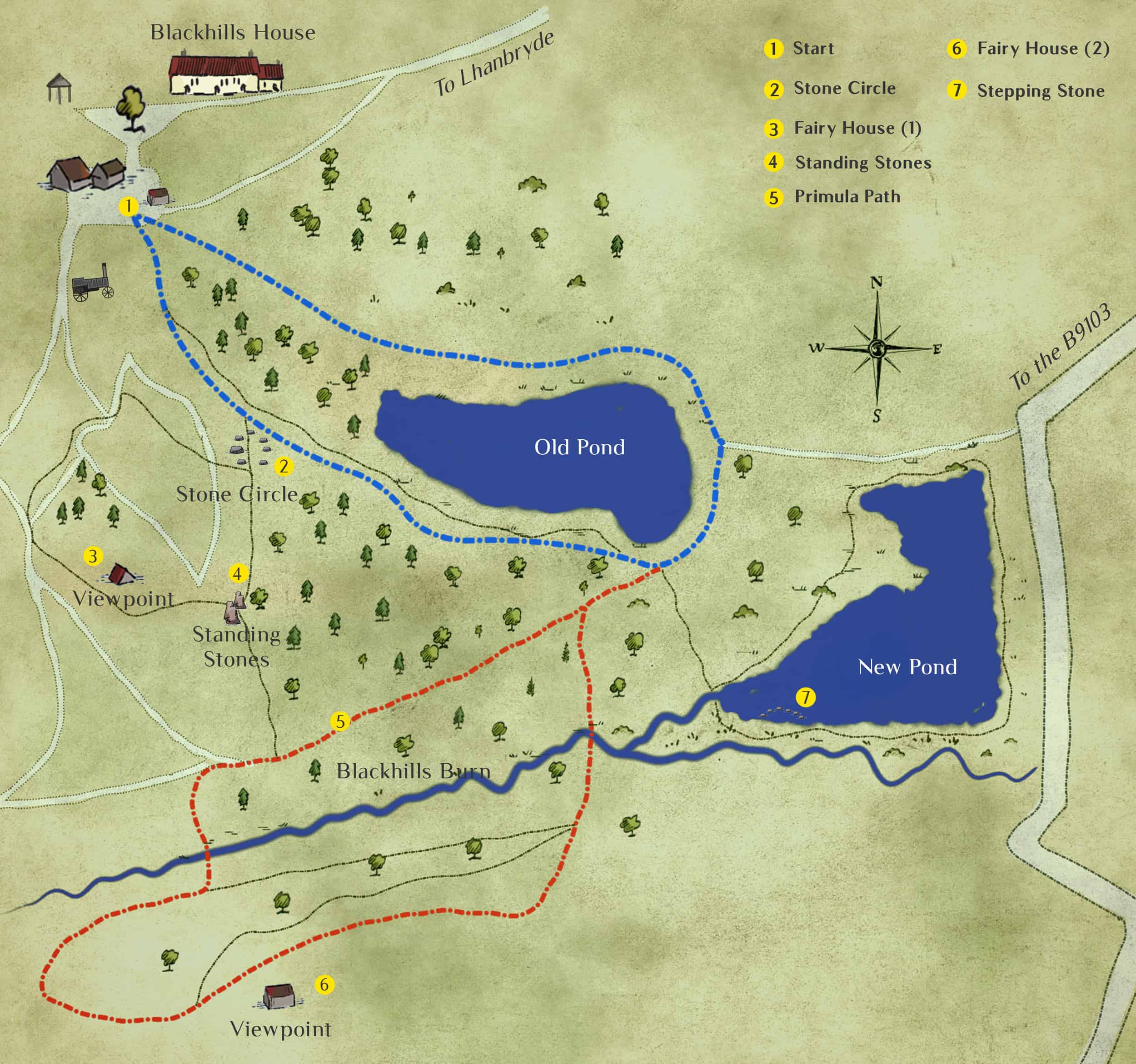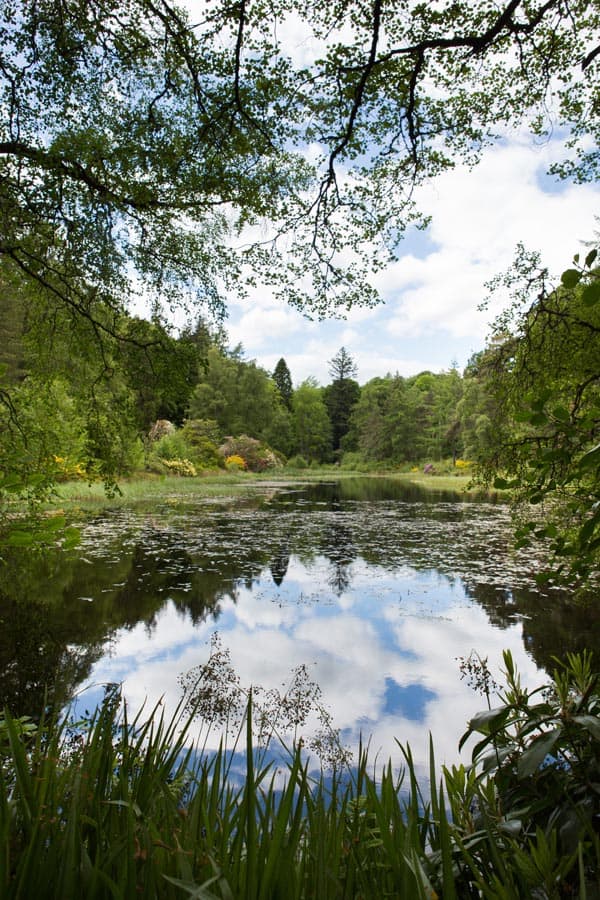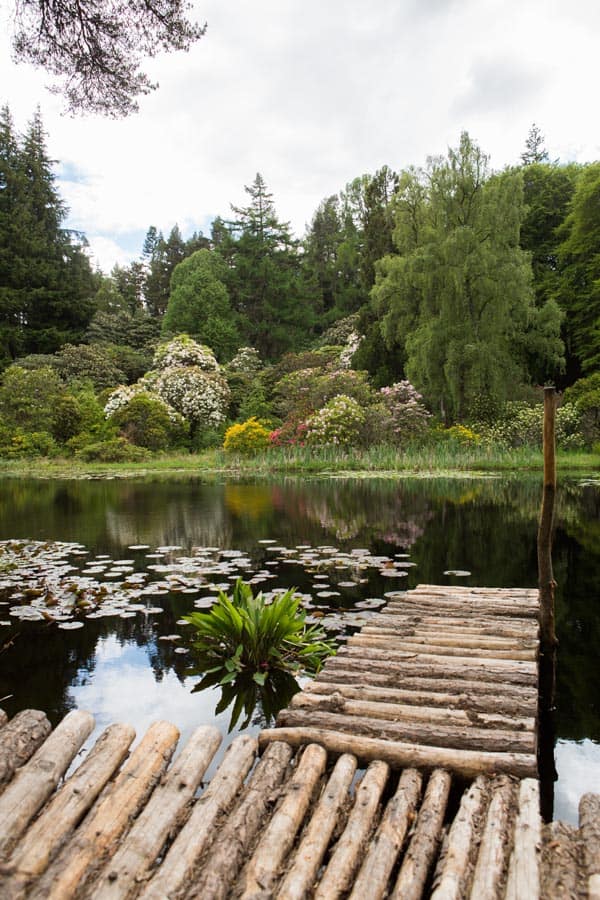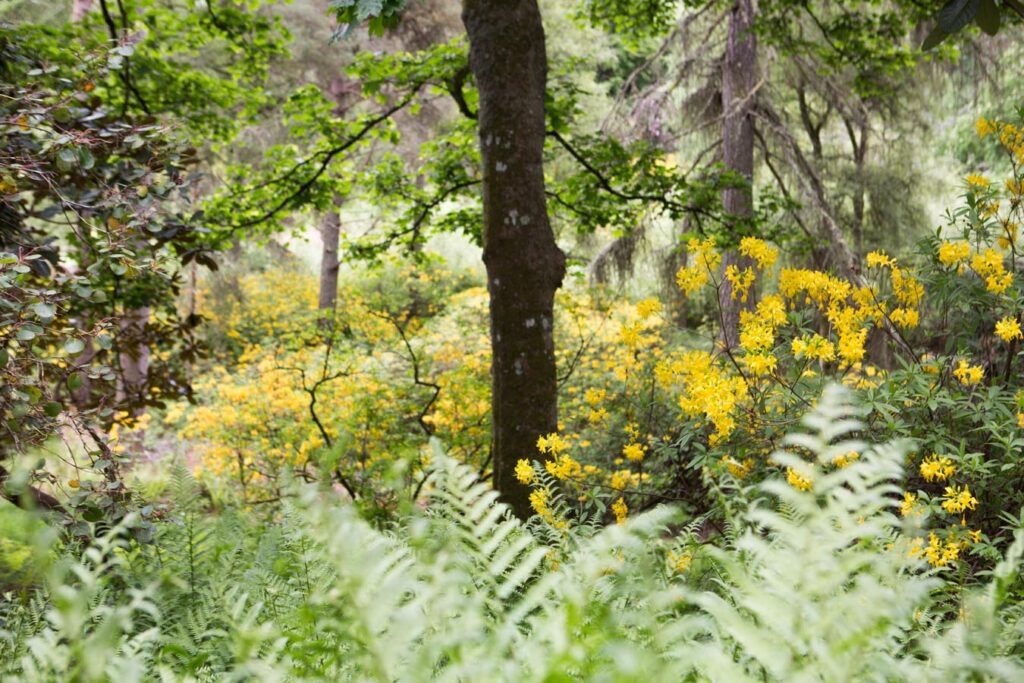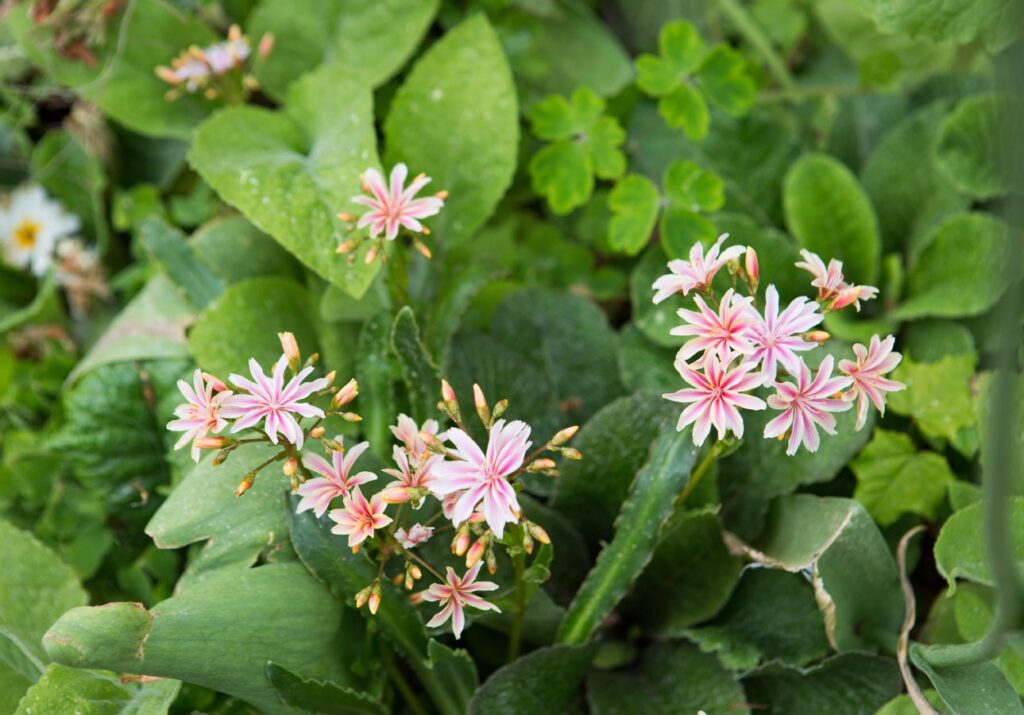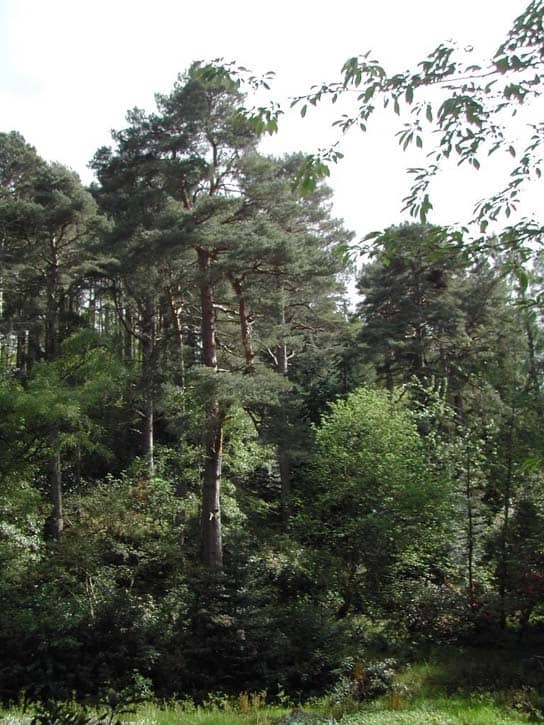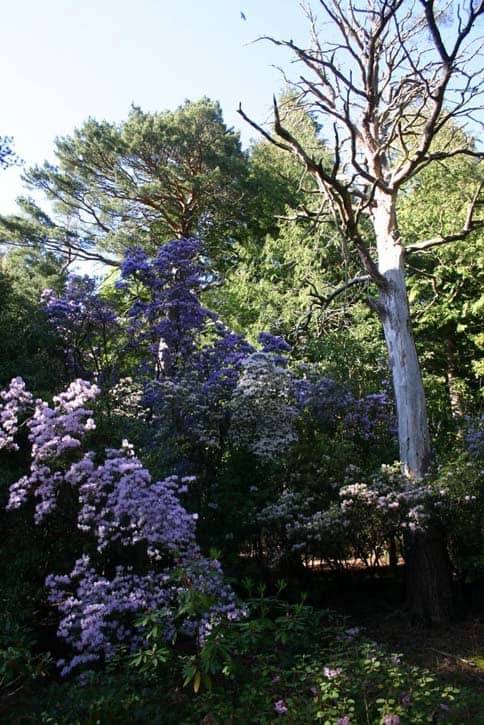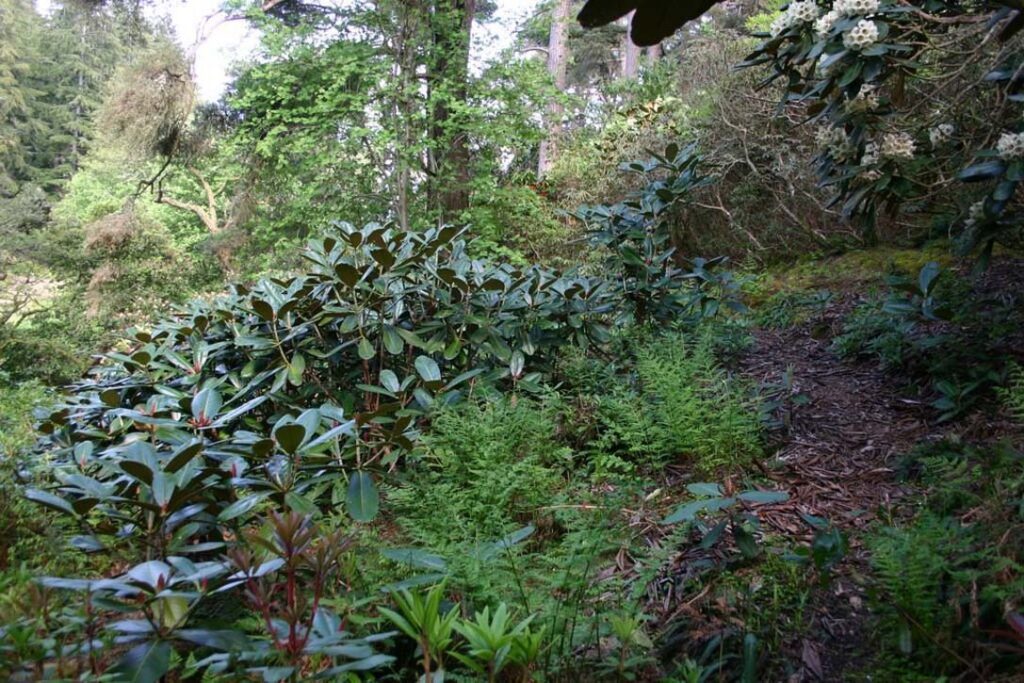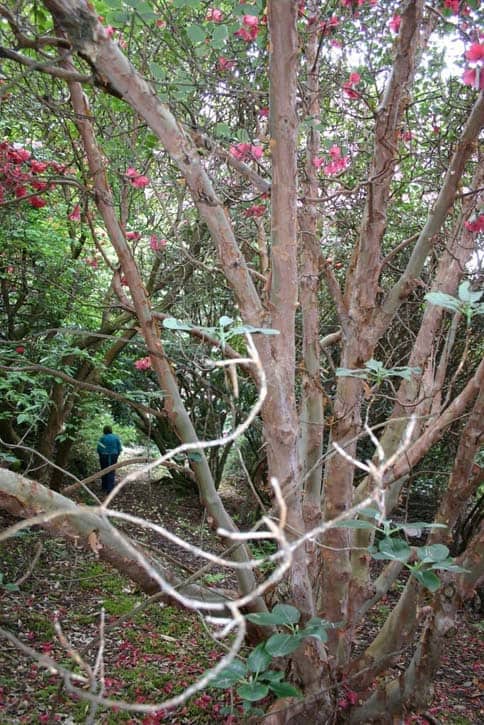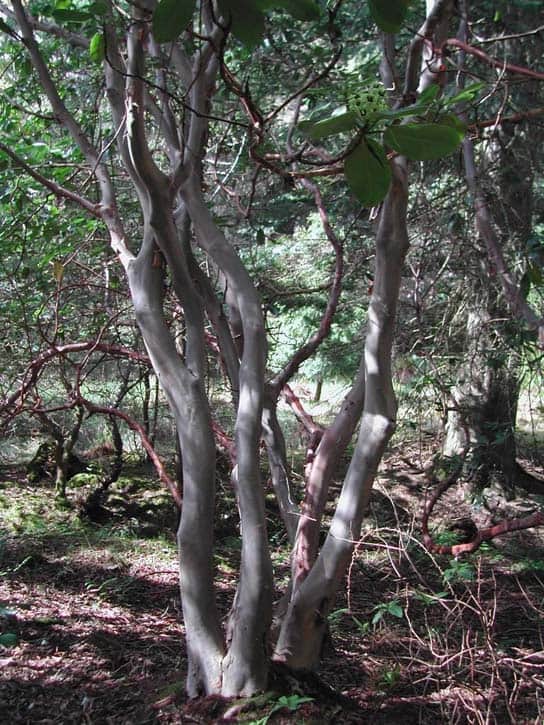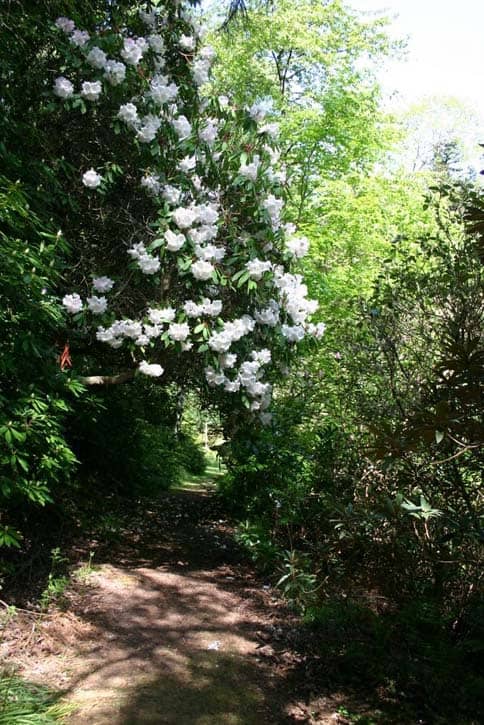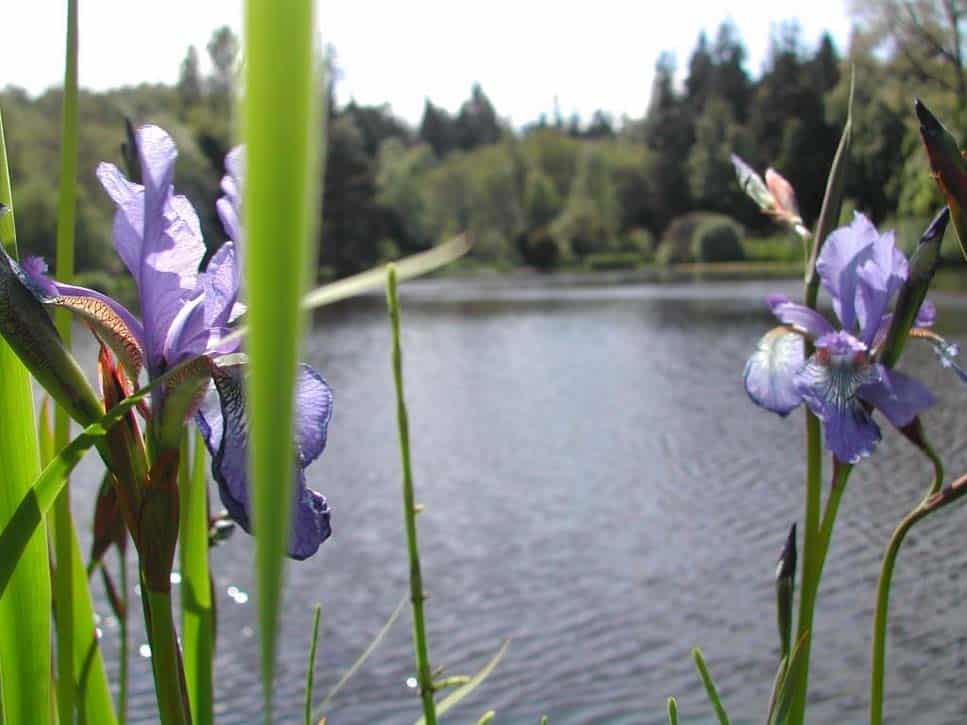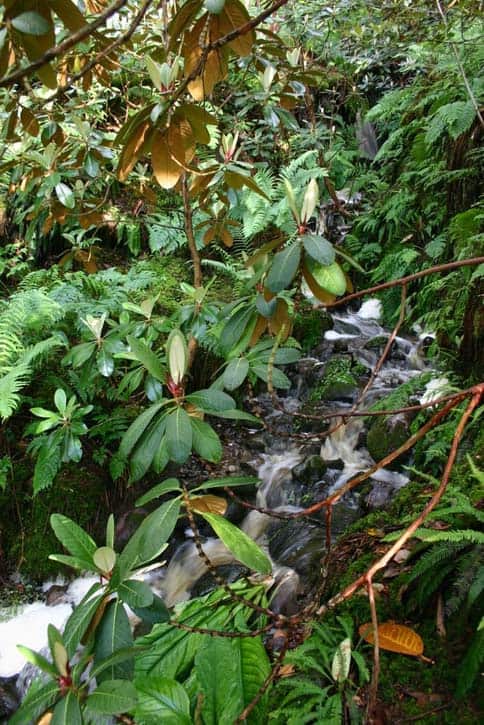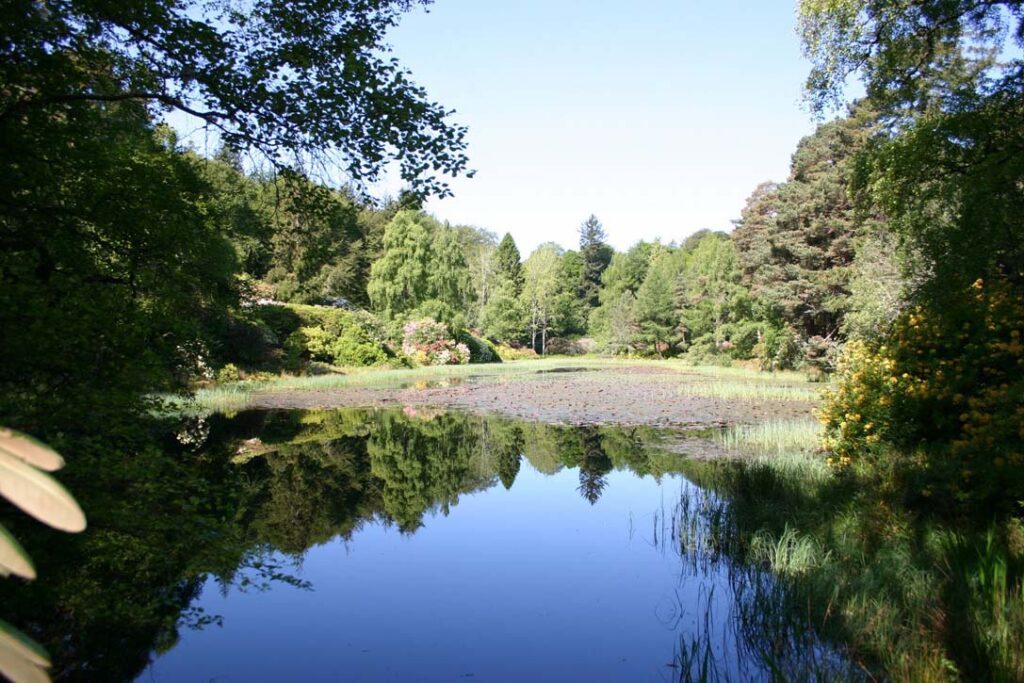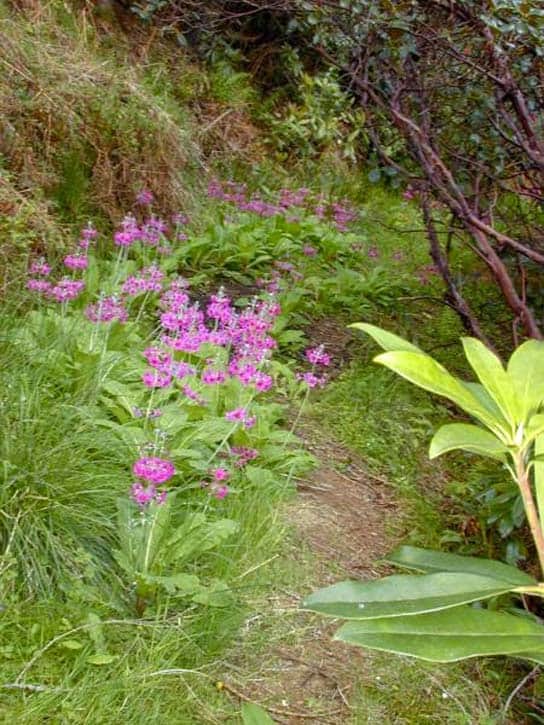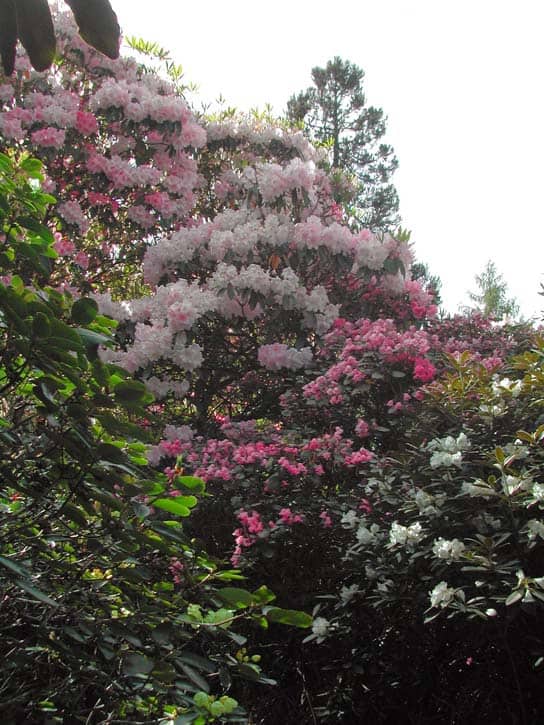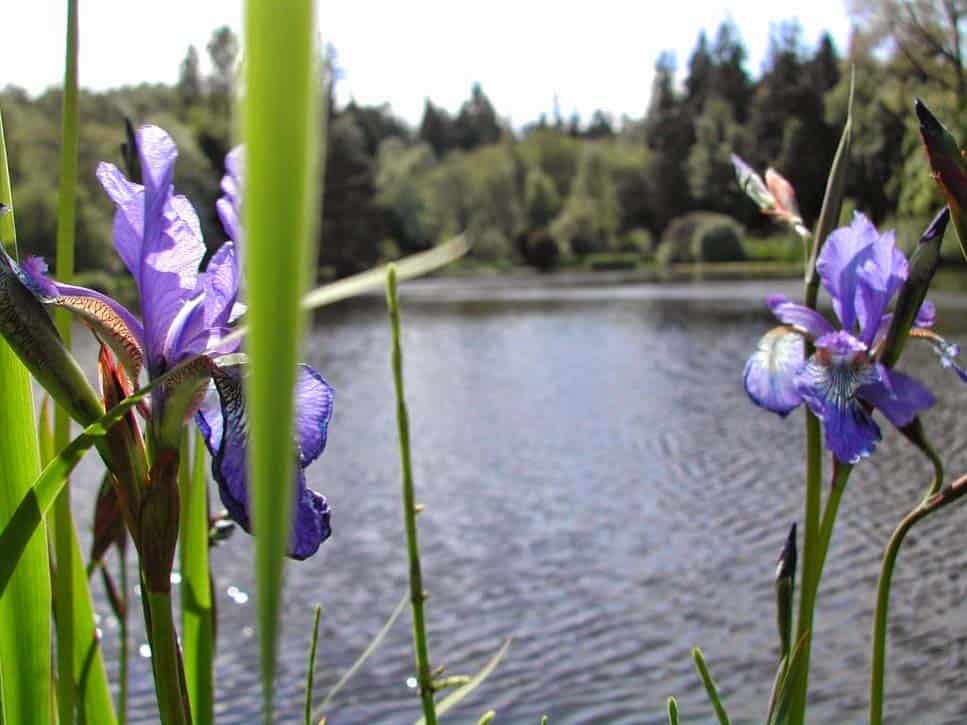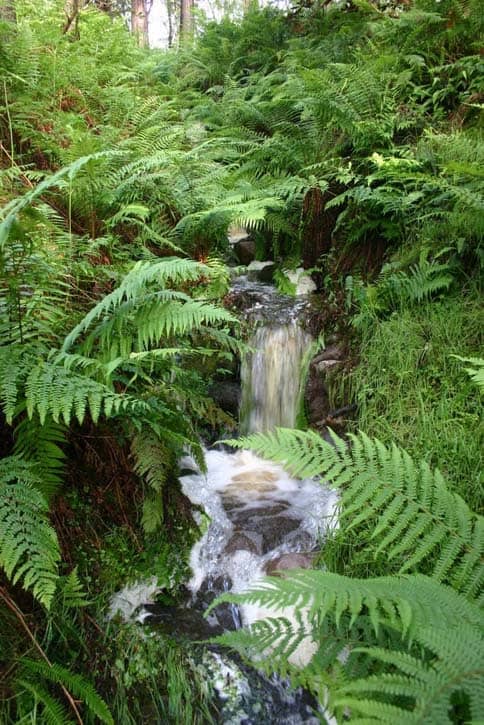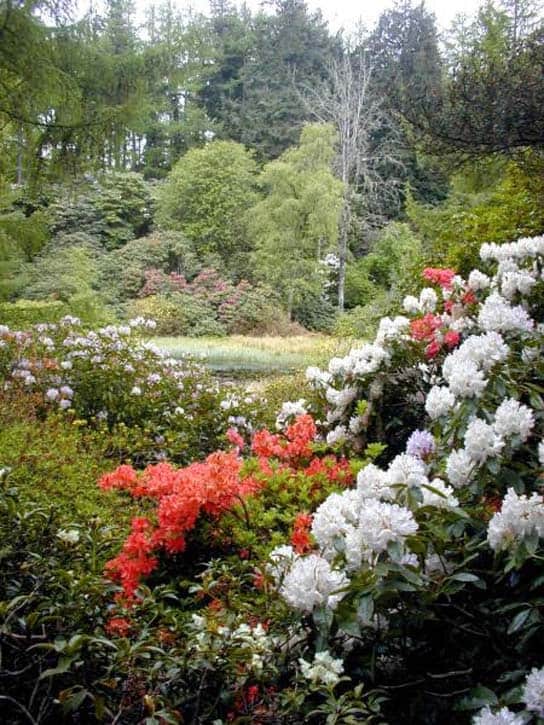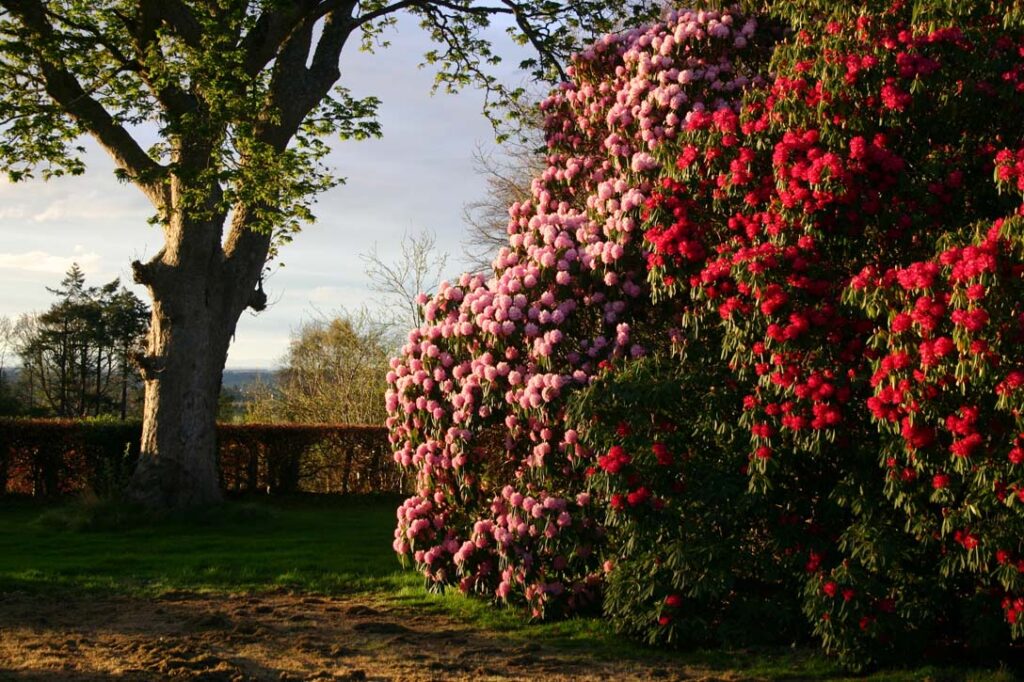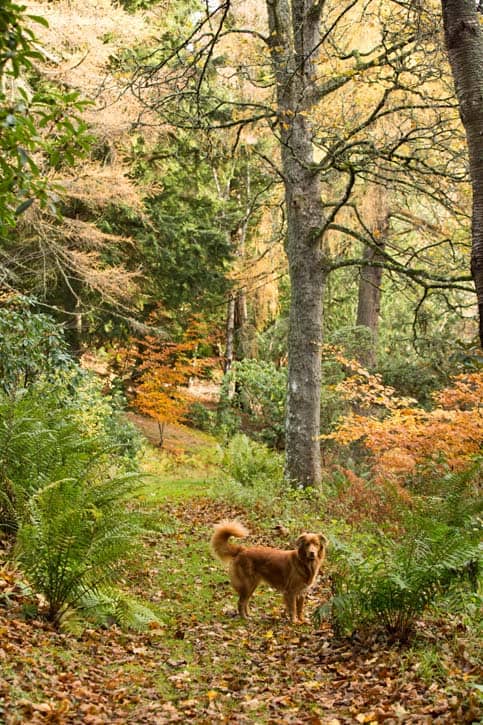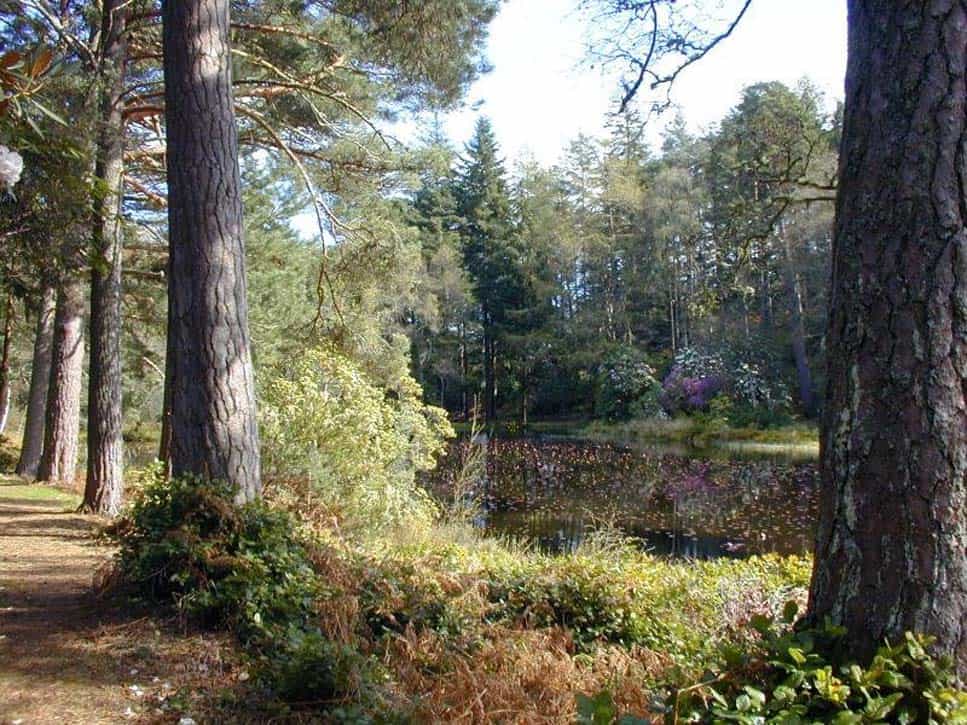

An oasis of tranquility
Garden Opening for 2025
The last few years we’ve enjoyed wonderful rhododendron displays at Blackhills. This year is a year of rest and recovery with fewer buds seen early Spring. There will be no 2025 public garden openings. We hope to see them once more in their full glory in May/June 2026. We’ll keep you posted.
Visiting the gardens
If you wish to visit the garden, you must email to arrange an appointment at least a full day before your visit. Please do not phone or email on the evening before or the day you wish to visit; we may not be able to respond in time. We ask for a minimum £5 per person donation for Keiran’s Legacy.
Please note that the gardens are privately owned, and to maintain the privacy of those staying in our holiday cottages and of family members, we must manage access. Blackhills Estate is a private home and working farm, and there is no public parking or facilities. We thank you for your understanding.
HISTORY OF THE GARDEN
Blackhills Garden is around 70 acres and, for those interested in geography, is situated between two interconnected glacially-eroded steep valleys. The first valley is a kettle hole and the other valley is known locally as “The Warren” because of its labyrinth of paths akin to a rabbit warren. Two ponds, one a former curling pond known as ‘the old pond’ and a ‘new pond’, make use of the abundant supply of spring water.
The physical geography provides a perfect, sheltered micro-climate for some 360 species of rhododendron, creating a dramatic backdrop for this unique, Himalayan-inspired garden.
‘It is difficult to realise today how little was generally known at the time regarding the genus rhododendron and its culture; even the experts were still groping. Blackhills is nearer to the North pole than either Moscow or Labrador, and few would have believed that an attempt to establish these plants, regarded as coming from semi-tropical rain-forests, could succeed so far north, or in an area of only thirty inches in the year.’
The Rhododendron and Camellia Year Book 1968 “Blackhills: An Irregular Garden in Morayshire” page 22-31 By S.F.Christie
About half the species were planted between 1920 and 1935 by Thomas North Christie, a retired tea planter, with the remainder having been added to by Thomas Christie's successors. The garden is currently being looked after by the third, fourth, fifth and sixth generations of Christies, who tend to it themselves and continue to add to the rhododendron collection.
The Garden: unique and outstanding
Awarded 'outstanding' in the horticultural category and 'high' in the artistic interest, historical, architectural, archaeological and nature conservation categories in the Inventory of Gardens and Designed Landscapes by Historic Environment Scotland, Blackhills Garden contains one of the finest and most extensive private collections of species rhododendrons in the UK. It is of significant, horticultural importance. As the majority of the seeds were procured in China, its unique authenticity is not in doubt. The Burn of the Elms, a water source that meanders through the southern part of the garden, supplies the ponds with plentiful water which in turn provides a habitat for insects and aquatic life. The sheltered gardens and their moist, peat-rich soil coupled with the unusually clement temperatures, combine to create the perfect conditions for many trees and shrubs from the China-Himalaya region. While abundant in exotic plant life, indigenous species also thrive: the oldest pear tree in the UK grows here and is still bearing fruit.
Whilst paths are maintained for access and safety, the plants and trees are given leave to create a natural design of their own. We believe in standing back and letting nature takes its course where appropriate. Trees that have died are often left to decay naturally as a habitat for wildlife. This lack of manicuring allows a unique opportunity to observe what nature will do when uninterrupted. Formality has no foothold at Blackhills!
If you are not staying at Blackhills, the garden is open to the public on one or two charity days a year, look out for details on our Events page.
In a world where human activity dominates at every turn, this natural habitat increases a sense of freedom, tranquillity and well being.
Blackhills is a wonderful, naturally-occurring life study for artists, photographers, yogis and visitors of all ages, offering a rare chance to view a unique landscape. Situated only 6km southeast of the town of Elgin, you can travel for just a few hours from London, by plane then car, and you will enter another world.
A rich habitat for red squirrel, otters, pine martens, badgers, Scottish wildcats, red and roe deer, and also aquatic life and insects around the ponds, there are infinite places to feast your eyes and your senses all year round. In a world where human activity dominates at every turn, this natural habitat increases a sense of freedom, tranquillity and well-being.
To ensure every holiday cottage guest makes the most of the Garden, two routes (one blue and other red) have been devised. Both are easy to navigate although hilly in parts which might not suit all wheelchairs and pushchairs. Please be mindful that the garden has unfenced ponds and is in a working farm so children should be supervised at all times.
Follow the blue route into the kettle hole and set up your easel by the old pond where ancient Scots pines and contrasting rhododendrons are reflected on the water’s surface. Continue on to picturesque woods and the Burn of the Elms as it winds its way across the land.
The red route walks you through glades and across the Burn by way of rustic bridges. It leads you along paths where wild mushrooms and carpets of wild sorrel thrive, then, at turns, presents sunlit clearings and glimpses of the valley’s abundant life before returning you to its starting point.
The blue route will probably take you about three quarters of an hour, the red about an hour and a half.
Further information about Blackhills can be found on the Historic Environment Scotland website.
The Garden Gallery
Please click on an image to see a larger image and to start the slideshow


